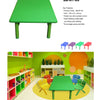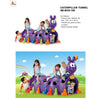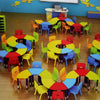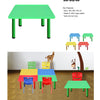Enhancing Social-Emotional Learning through School Furniture: Fostering Growth, Connection, and Well-being
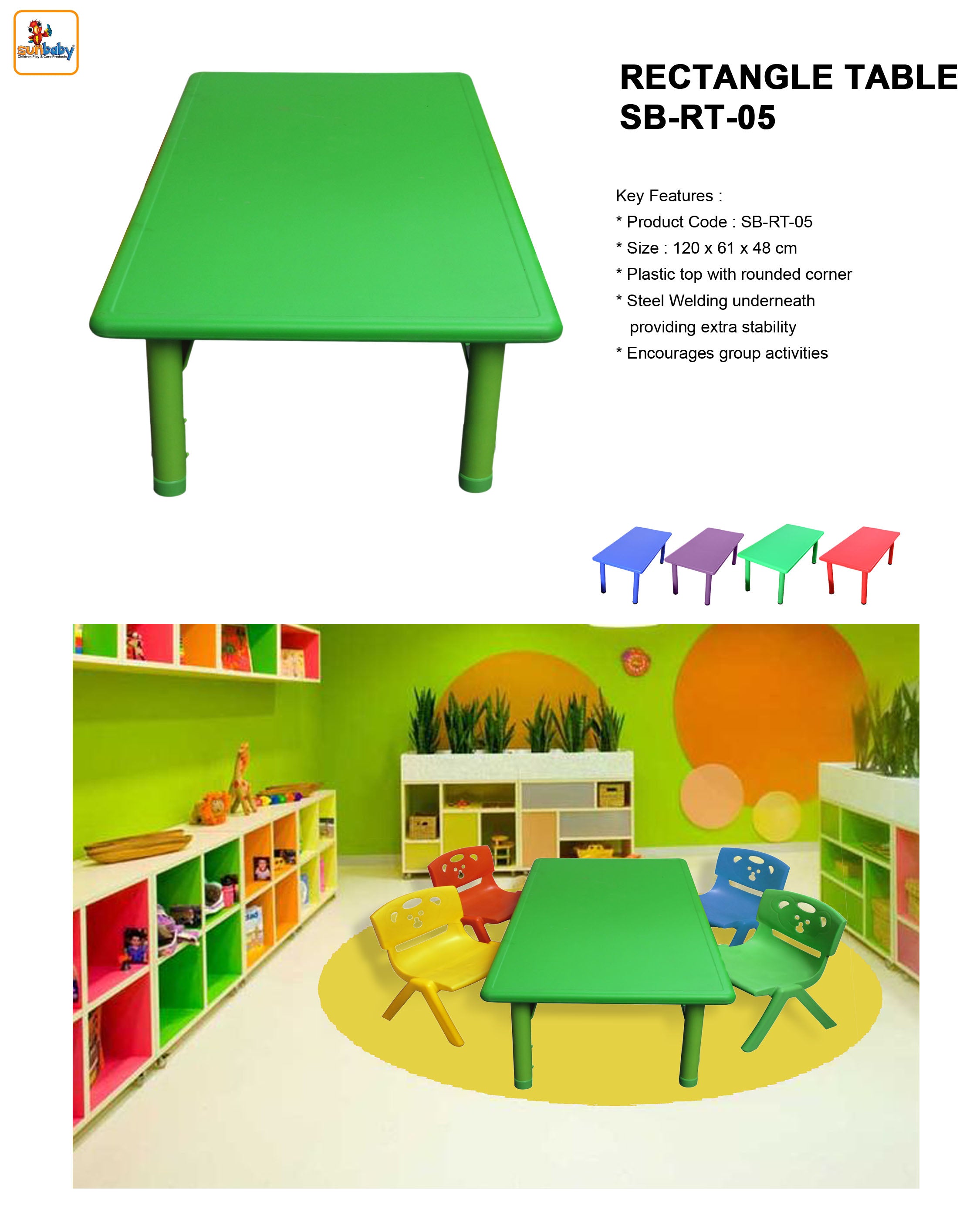

In the ever-evolving landscape of education, educators and administrators are increasingly recognizing the vital role of social-emotional learning (SEL) in the holistic development of students. While various strategies and curricula exist to support SEL, one often overlooked aspect is the impact of school furniture. This article aims to shed light on how thoughtful furniture design can create conducive environments that nurture students' social-emotional growth, foster connection, and promote overall well-being.
-
Creating a Safe and Inclusive Environment (Approximately 100 words): The physical environment within a school greatly influences the emotional well-being of students. Thoughtfully designed furniture can contribute to a safe and inclusive environment by providing spaces that accommodate diverse learning needs. Flexible seating arrangements, such as modular furniture or adjustable desks, empower students to choose seating options that suit their comfort and learning preferences, promoting a sense of autonomy and agency. Inclusive seating arrangements that allow for collaboration and group work encourage teamwork, empathy, and understanding, nurturing social skills and emotional intelligence.
-
Comfort and Mindfulness (Approximately 100 words): Comfortable and ergonomic furniture plays a crucial role in supporting students' emotional well-being. Ergonomically designed chairs and desks promote good posture, reducing physical discomfort and distractions, which can enhance students' ability to focus and engage with their learning experiences. Additionally, the inclusion of mindfulness spaces, such as cozy corners or reading nooks, can provide students with a quiet retreat for self-reflection, relaxation, and emotional regulation. These designated areas offer students a chance to recharge, destress, and develop vital self-awareness and coping skills.
-
Multisensory Learning and Engagement (Approximately 100 words): Integrating furniture that supports multisensory learning can significantly enhance students' social-emotional development. Collaborative tables with writable surfaces or interactive whiteboards encourage active participation, creativity, and communication among students. Sensory-friendly furniture, such as flexible seating options or fidget-friendly elements, can help students with sensory sensitivities feel more comfortable and engaged in the learning environment, fostering a sense of belonging and acceptance. By embracing a variety of sensory experiences, school furniture can facilitate the development of empathy, tolerance, and appreciation for individual differences.
-
Connection and Community-Building (Approximately 100 words): School furniture can be instrumental in fostering connection and community-building among students. Designing communal spaces, such as common areas or outdoor seating areas, promotes informal interactions, peer support, and a sense of belonging. By incorporating furniture that encourages face-to-face communication and collaboration, such as circular or modular seating arrangements, schools can create spaces that facilitate dialogue, active listening, and conflict resolution skills. These inclusive environments foster positive relationships, empathy, and a strong sense of community, thereby contributing to students' social and emotional growth.
Conclusion : As educators and administrators, it is essential to recognize the potential of school furniture in supporting social-emotional learning. By incorporating thoughtful and inclusive design, schools can create environments that nurture students' growth, connection, and overall well-being.
Incorporating school furniture that supports social-emotional learning can have a profound impact on students' overall well-being, fostering a sense of belonging, collaboration, and emotional intelligence. By prioritizing thoughtful and inclusive design, educators and administrators can create nurturing environments that empower students to thrive academically, emotionally, and socially. Let us embrace the potential of school furniture as a powerful tool in shaping the future of education. Together, let's build spaces that inspire growth, connection, and well-being for our students.

